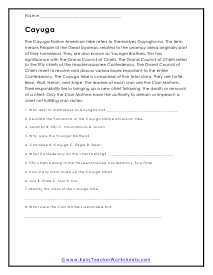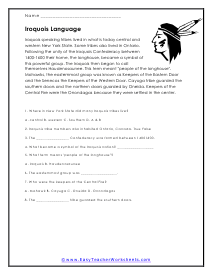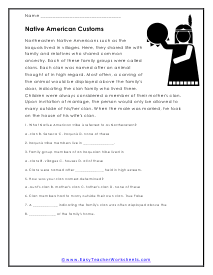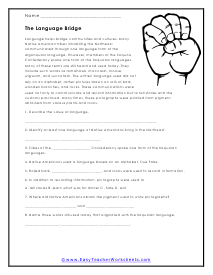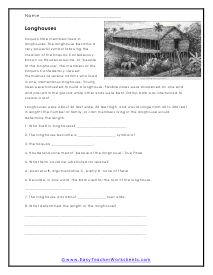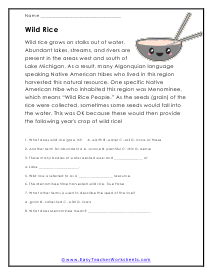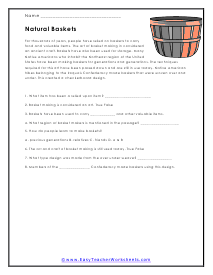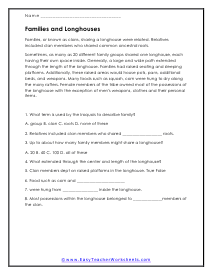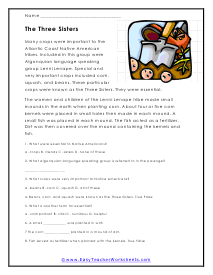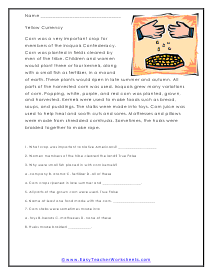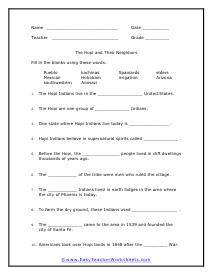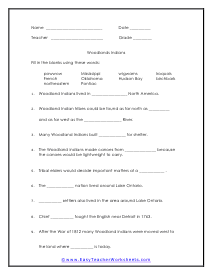We learn now about the culture that inhabited North America thousands of years before explorers set out to conquer the world. Many people often overlook the difference between tribes across the area. There are seen, by most, to be ten main groups of Native Americans. Different groups each have their own way of life. Some are nomadic, some move when the Earth needs to be reborn, and some just stay put. Though ten main tribes are recognized there is thought to be over six hundred different dialects. Rituals and ceremonies are a key part of the culture and are customary to worship the spirits.
This is an extremely large portion of our website. We often see an uptick in page views, for this section, around Thanksgiving time. Which, I guess, is to be expected. The worksheets and lessons in this section span many different grade levels and can be helpful for students of all walks of life. We look at the history of this culture and start by exploring the tribes and vocabulary terms that are commonly spoken in this civilization. We will look at the specific beliefs that the Nation shared as well as thoughts that were leaning more towards certain tribes. We will look at significant figures that helped shape the culture. We will also explore common traditions and rights of passage that are attributed to the Native American way of life.









